Have you ever tried to converse with someone who speaks another language, but you’re hard-pressed to come up with the correct words (that are pronounced correctly)? Or perhaps you sometimes struggle with deciphering print (street sign, product label, or informational sign) in another language. Or maybe you want to learn a few common words or phrases before setting off on your trip. I certainly have, and I’ve come to rely on the Google Translate app. You’ve undoubtedly heard of it, but you may not realize how helpful it can be. This handy app can be used to type into, speak into, or take a picture of something. No matter the input, it can translate dozens of European, Asian, and African languages to and from English in a flash.
Google Translate has come to my rescue several times. I’ve used it when preparing to meet someone I suspected didn’t speak English fluently in a tiny, rural Swedish town. I’ve used it several times when reading an informational sign or labels on a product. For example, when shopping for mustard in Germany, I couldn’t tell if it was mild or spicy before buying it. Using Google Translate, I learned it was spicy — exactly what I wanted. Yum! And I’ve used it to have a friendly conversation with a local in a tiny French town who didn’t speak English at all. It’s certainly helped bridge language barriers and has made travel more enjoyable (and less stressful).
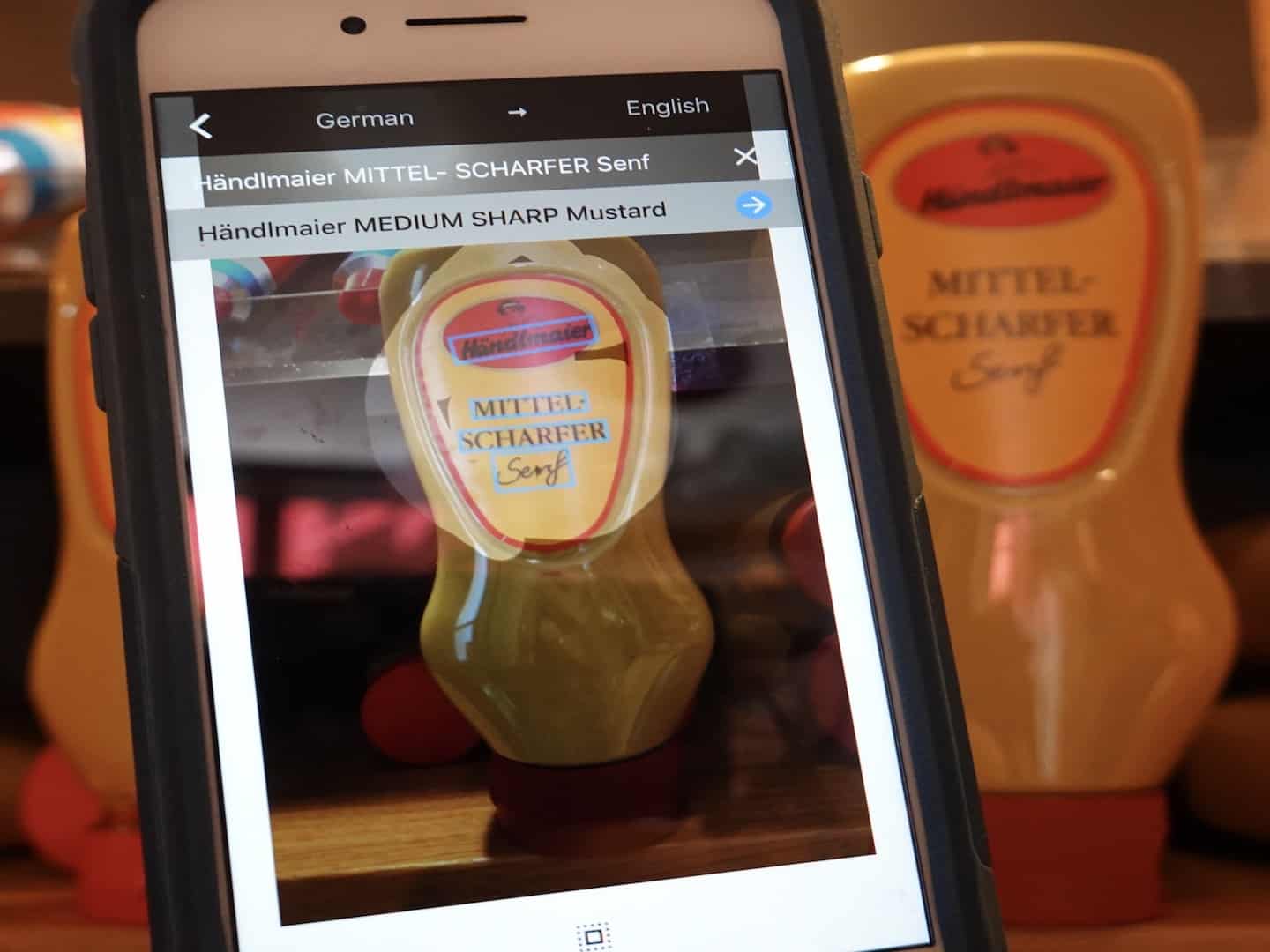
How to Prepare Google Translate
- Download the Google Translate app to your smartphone. I have it in my folder of travel apps on my iPhone, so it’s always handy when traveling.
- Before leaving home, download the languages you want to be able to access while traveling. If you remember to download the language you’ll need, you’ll be fine even if you don’t have WiFi access.
- In your smartphone’s settings, allow access to the phone’s microphone and camera if you plan to speak into your phone or use its camera for translation — a sure bet.
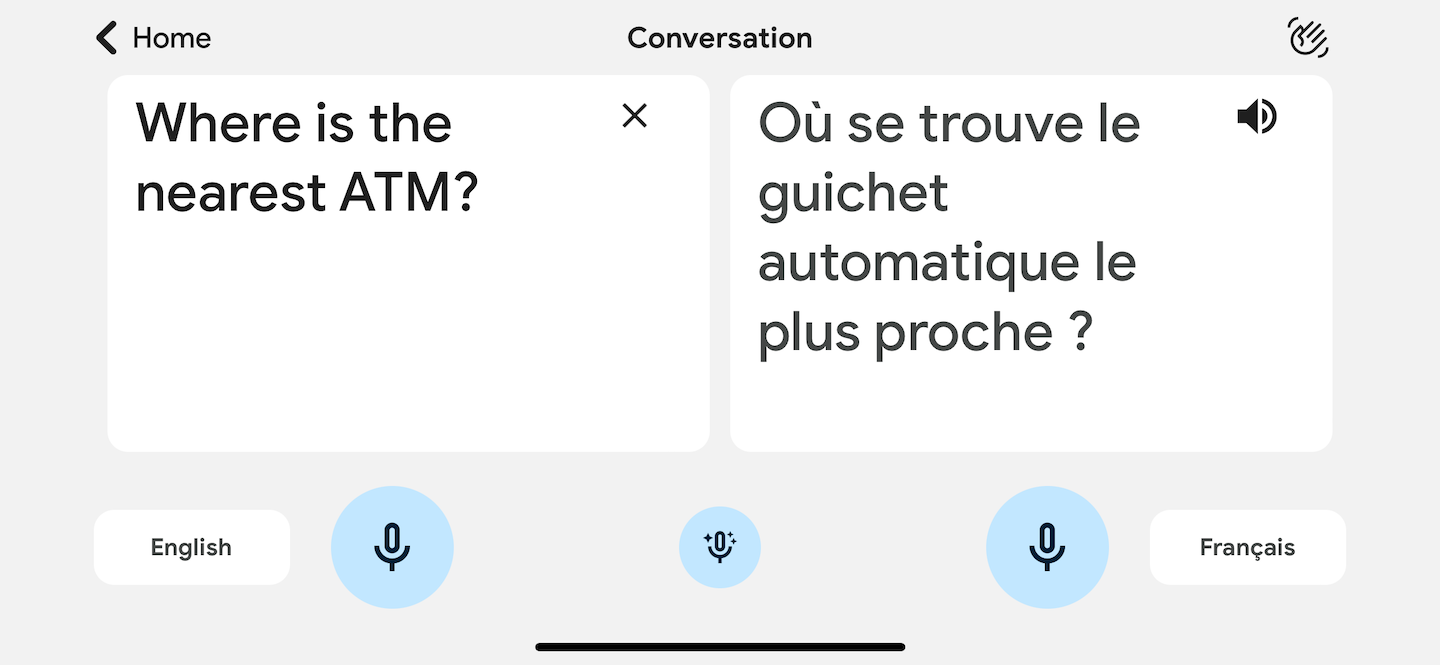
How to Use Google Translate
- When you’re ready to use the app, choose the language you want to translate FROM and the language you want to translate TO. If needed, tap the icon with the double-facing arrows to switch the translation sequence. For example, German to English —> English to German.
- Choose your input option:
- the phone’s camera (tap the camera icon to activate),
- voice (tap the conversation icon to activate), or
- handwriting (tap the pencil icon). I was surprised at how well the handwriting option worked. It doesn’t matter if I print or use cursive. However, I still prefer speaking my question as it’s faster, though, in some settings, it’s more prudent to type or write your message.
- The screen will display the translation.
- Tap the speaker image in that box to hear the phrase spoken aloud. You can repeatedly tap it to hear the translation if you didn’t catch it the first time. You can also play the translation for a local who may be helping you find something.
How to Use Google Translate (with Visuals)
Below is a screenshot of Google Translate on an iPhone with labels explaining the various options.
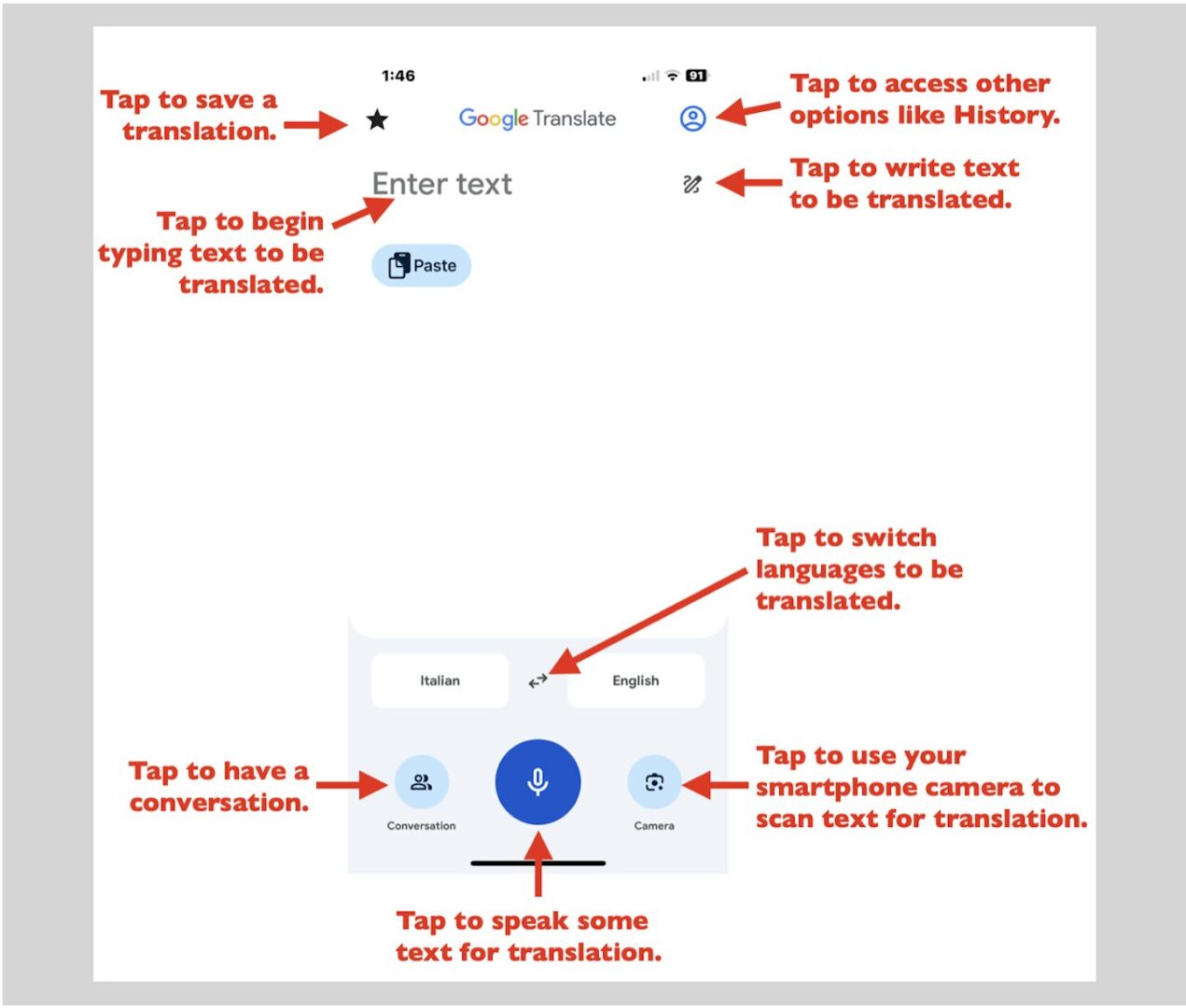
Useful Google Translate Options
The Google Translate app has several useful options:
- To COPY a translation (to insert it somewhere else), tap the 2 rectangles (one tiered on top of the other) to copy the text and then paste it where you need it. This option is convenient if you want to insert some translated text into a document or email.
- To ENLARGE the printed translation on your phone to easily show someone, tap the 3 horizontal dots and select “Full Screen.” This makes the font very large and easy to read and might be useful to show a store clerk or a person on the street when you’re lost.
- To SAVE a translation for later use, tap the Star icon.
- To SEARCH for an answer on Google, tap the 3 horizontal dots on the screen and select “Search on Google.” For example, when I searched for an ATM in Germany and pressed the Google icon, the search engine displayed several nearby ATM locations.
- To SHARE the translation, tap the 3 horizontal dots on the screen and select “Share.” Then, select how you want to share it — via a message or email. This option might be handy if you want a translation to quickly send to someone (a driver, tour guide, host of your short-term rental, etc.) — perhaps on WhatsApp, a communication app popular in Europe.
Useful Google Translate Options (with Visuals)
This screenshot shows the different options to copy, listen to a translation, see a translation displayed full screen, share it, or search on Google.
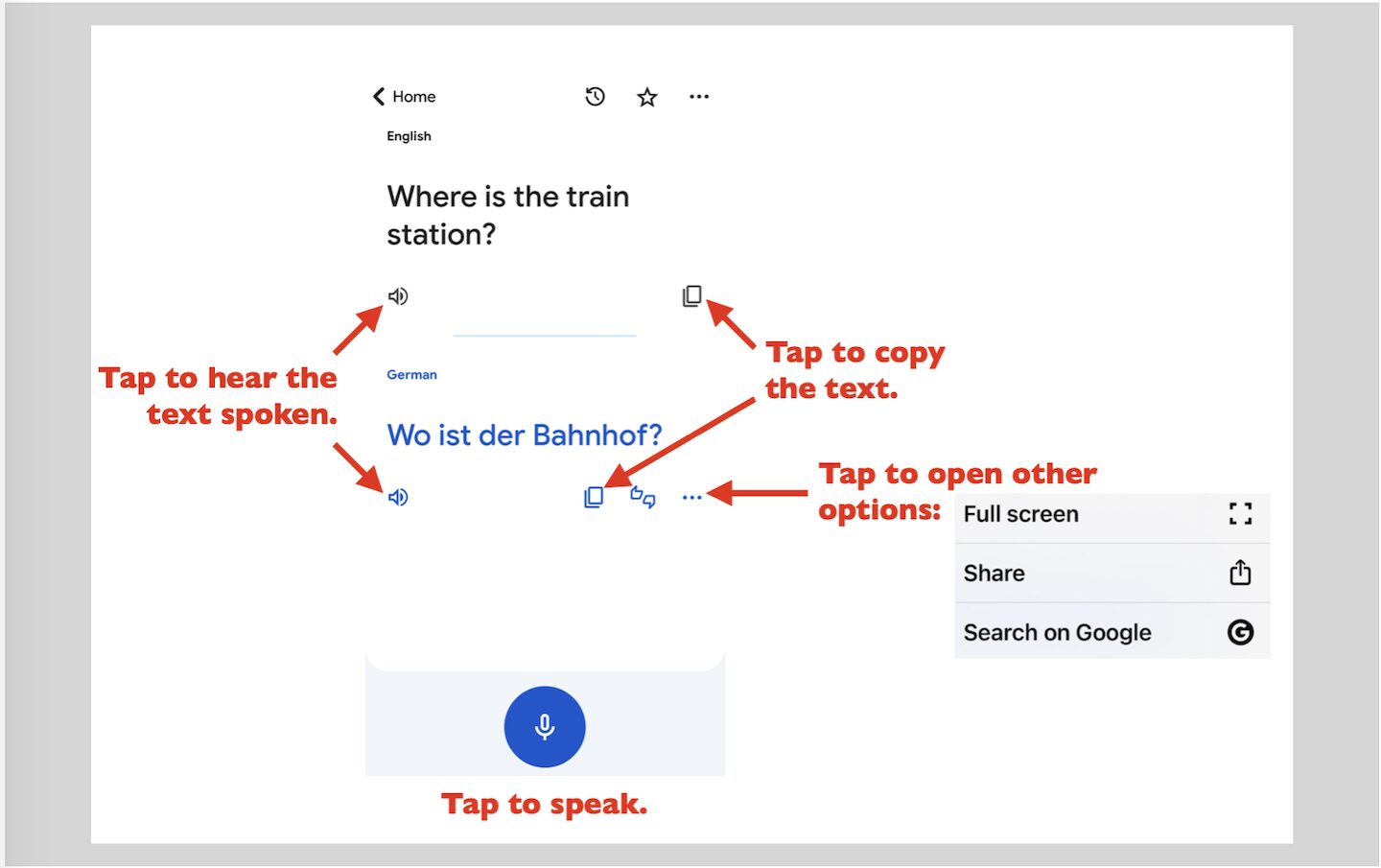
To access your translation history, tap the Account icon and select “History.” This option is helpful to see previous translations that you might want to use again.
Using Google Translate in the Chrome Browser
Sometimes, you might need to translate entire web pages. If you use the Chrome browser, you can keep Chrome’s Google Translate (and selected languages) handy for doing just that.
How to Add Google Translate to the Chrome Browser
- Go to the Chrome menu (top left in Chrome browser on a desktop or laptop) or the Chrome app (on a tablet or smartphone).
- Select Settings.
- Choose Languages.
- Toggle on Google Translate (desktop or laptop) or Translate Pages (tablet or smartphone).
- Select the languages you want available for translation.
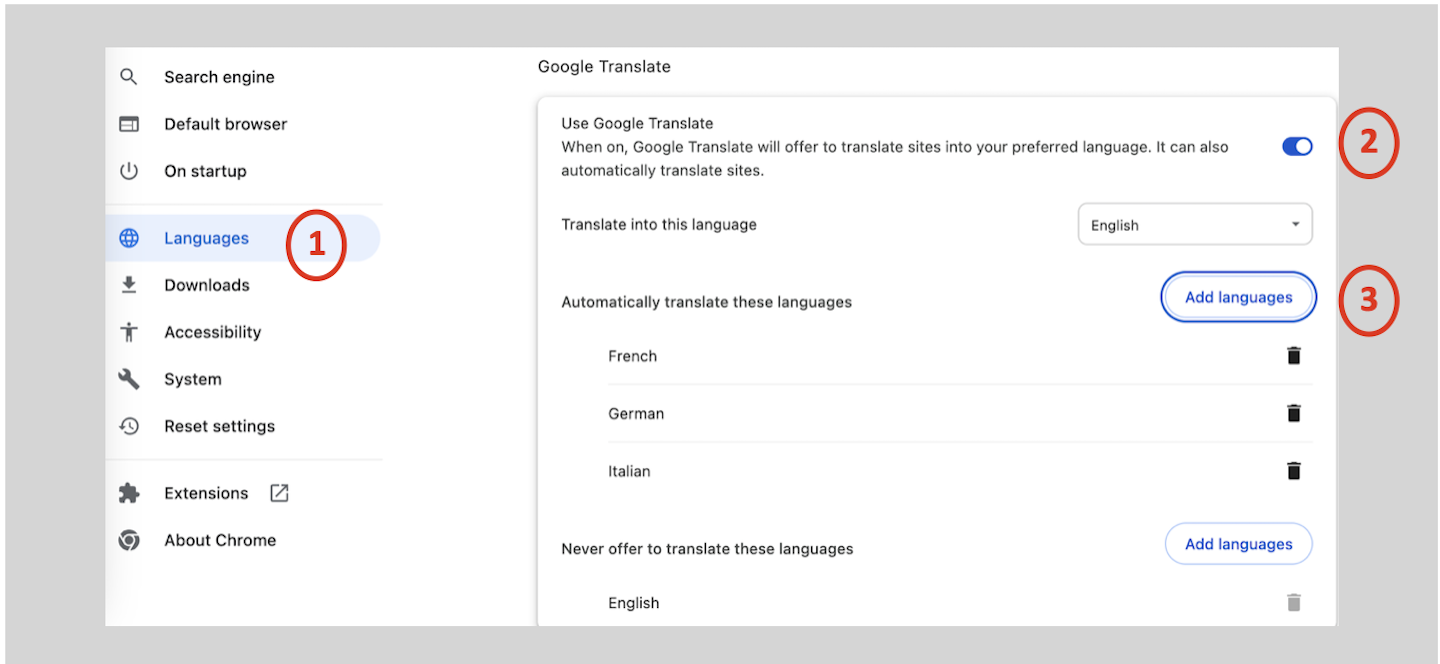
To Add the Google Translate Icon to the URL Bar
- Go to the Google Translate extension link in the Google Chrome Store on a laptop or desktop.
- Select Add to Chrome.
- When prompted, select Add extension.
- To ensure the icon is in the URL bar (for quick access), click the “pin” icon.
Related Articles
- Best Apps and Websites for Savvy Travelers
- Expert Tips for Traveling to Europe for More Fun, Less Stress
- Exploring France: Normandy, Brittany, Provence, and Paris
- Exploring Southern Ireland: Dublin, Kinsale, Ring of Kerry, Dingle, Cliffs of Moher
- Exploring Italy: Piedmont, Cinque Terre, Tuscany, Amalfi Coast, Pompeii, Naples, Rome, Sicily
- Top Tips for Driving in Europe
- Top 10 Tips for Renting a Car in Europe
- Travel Planning Timeline
Final Thoughts
I’m always looking for ways to make travel easier. Google Translate saves the day when I need to communicate in another language or figure out what a sign or label written in another language is telling me.
Also, Google Translate can make English-speaking folks appear a little nicer to those in other countries. Why not try learning a few key phrases in another language while you’re traveling? Even “Hello,” “Please,” and “Thank you” spoken in the country’s native language tend to bring smiles to the recipients’ faces. Doing so helps to show people (whose native language is not English) that you respect their language and culture. I take comfort in the fact that I’m making an effort, even if what comes out of my mouth is not quite as fluid as I’d like it to be. Actually, maybe that’s why I’m getting smiles from the recipients! (They are too polite to laugh at me?!)
Comments
Feel free to share apps that help you when traveling. Your ideas can help others. Thanks! 🙂

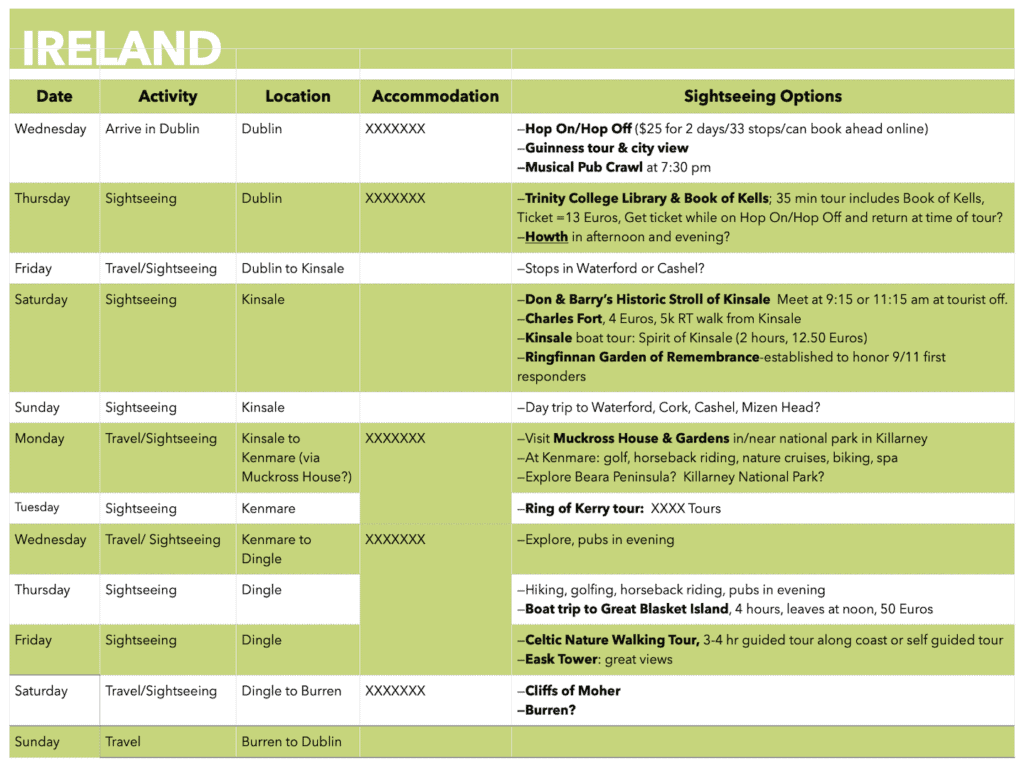
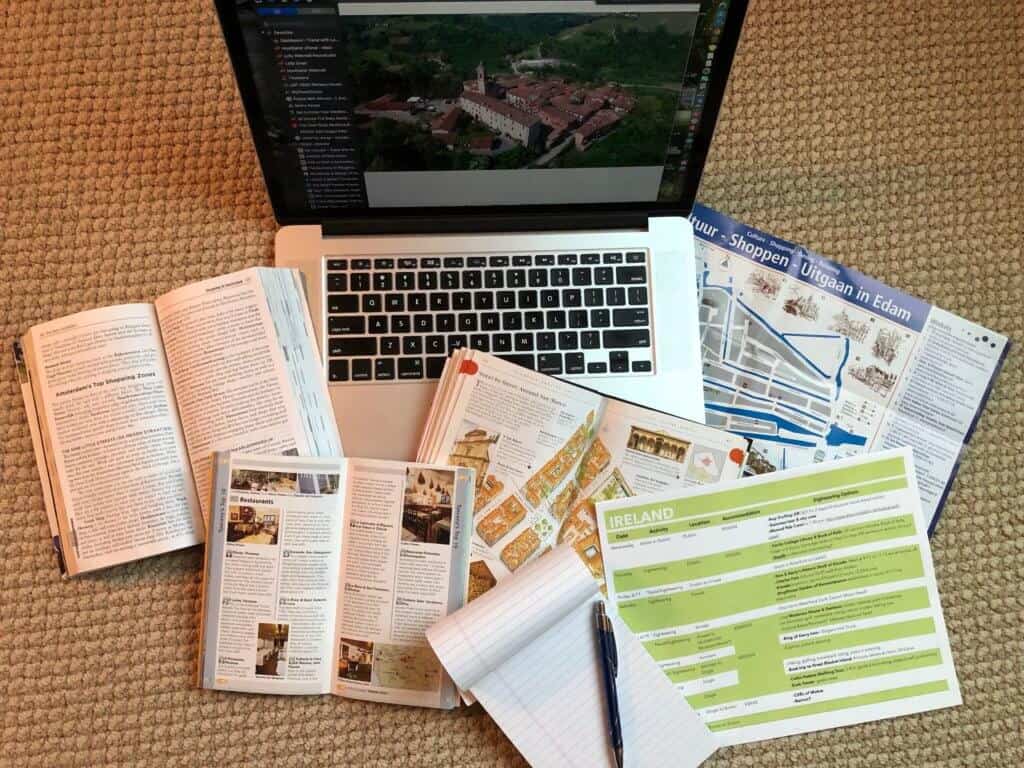
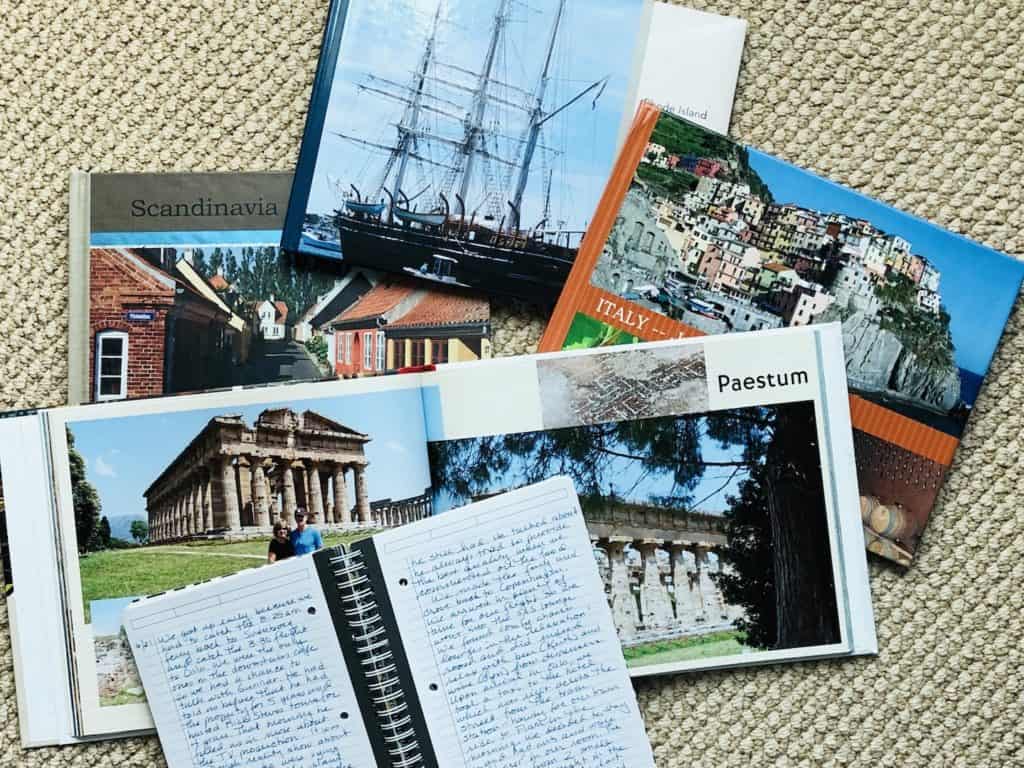
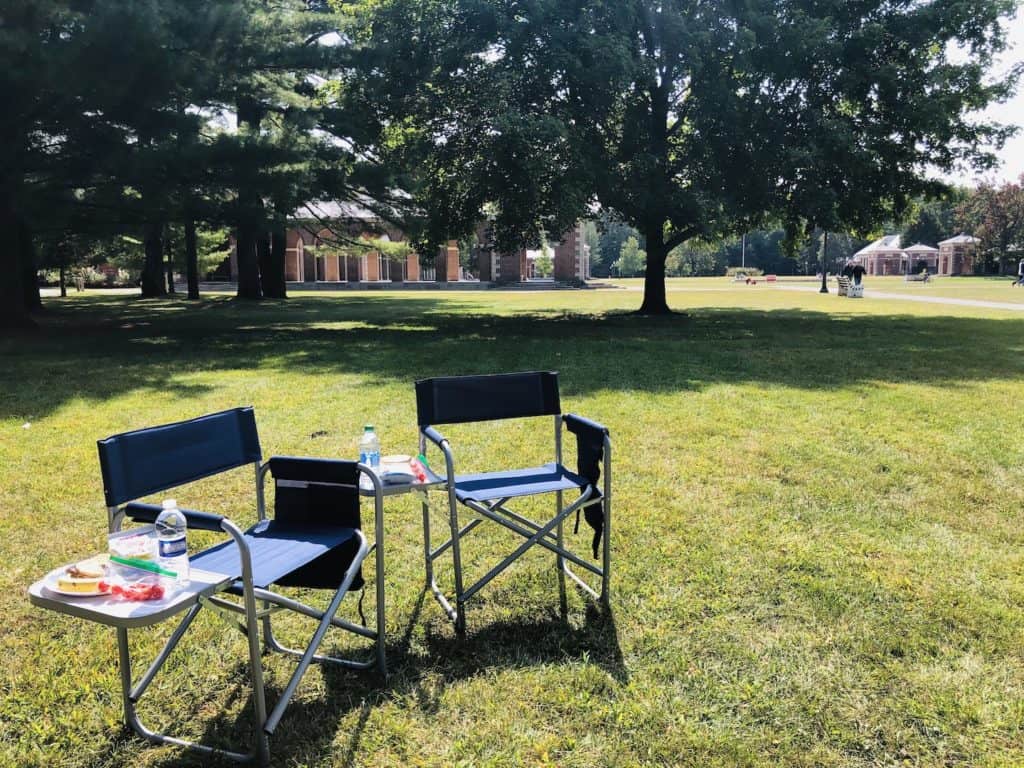
I found it useful and fun to use on my trip to Germany!
I was visiting my (first) newborn grandson and spent a good deal of time on a US military base, but it was very helpful at the airports and times when we ventured out…especially the camera that translated signs.
Skip
Awesome! So glad it helped you out. And congrats on your new grandson! 🙂
I found Google Translate very useful especially in a country such as the Czech Republic where the alphabet is not the same as the English alphabet. Downloading the language beforehand is a great tip!
Technology has definitely helped make travel easier and more enjoyable. Work smarter, not harder — an old business adage that also applies to travel. 🙂